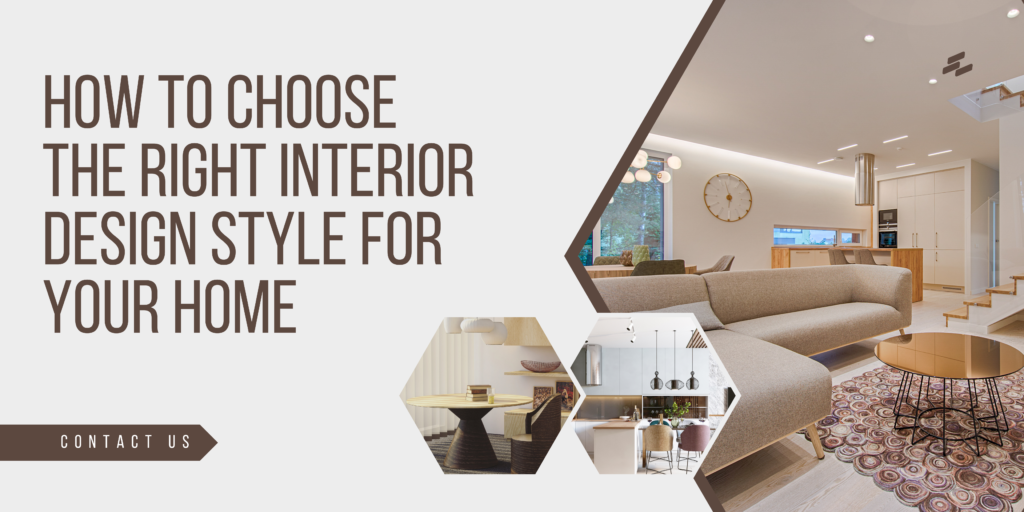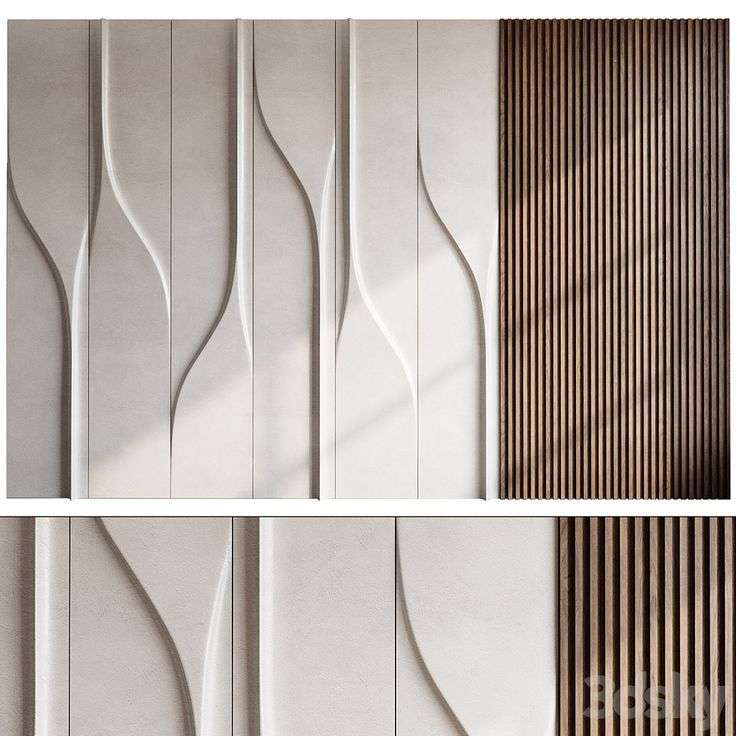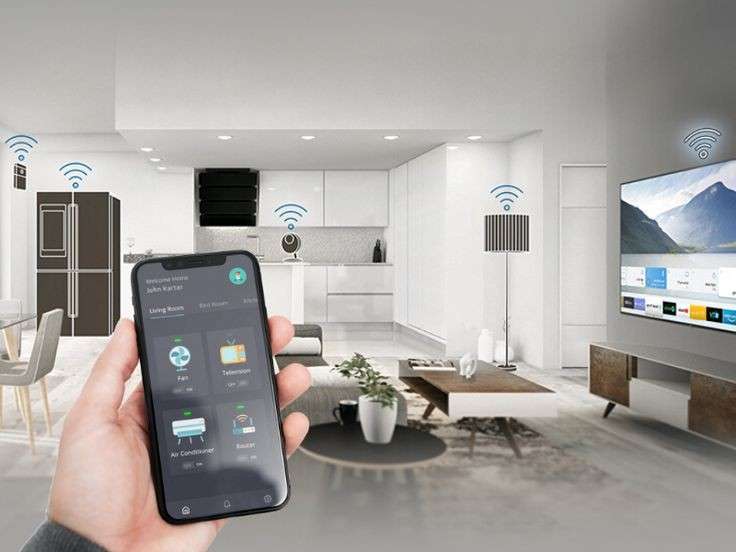Selecting the right interior design style for your home is an exciting yet sometimes overwhelming process. With so many different design aesthetics to choose from, it can be hard to know where to start. However, the right style can truly elevate your space, reflecting your personality, taste, and lifestyle. Here’s a guide to help you choose the perfect interior design style that complements your home.

1. Assess Your Lifestyle and Needs
The first step in selecting a design style is understanding how you use your space and what lifestyle you lead. Are you someone who enjoys hosting friends and family? Do you need functional spaces for a growing family? Do you live in a smaller apartment with limited space? These practical considerations will help guide your design choices.
For example, if you have young children or pets, you might prefer a style that’s durable and easy to maintain, like modern farmhouse or minimalist. If you’re someone who loves entertaining, a contemporary or industrial style with open spaces and large dining areas may be a good fit.
2. Consider Your Home’s Architecture
Your home’s architecture plays a significant role in determining which interior design style will work best. The style of your home, whether it’s a modern apartment, a traditional bungalow, or a rustic countryside cottage, may lend itself better to certain aesthetics.
- Modern or Contemporary Homes: Clean lines, open spaces, and functional design are great for a modern or contemporary style.
- Victorian or Colonial Homes: Traditional styles with rich colors, antique furniture, and elegant details can highlight the beauty of older homes.
- Rustic or Cottage Homes: Embrace natural materials like wood, stone, and earthy tones that bring warmth and a cozy, rustic feel to your home.
3. Identify Your Personal Style
Think about the aesthetics that appeal to you on a deeper level. Do you gravitate toward neutral colors, natural materials, and minimalism, or do you prefer rich colors, vintage items, and intricate patterns? Your personal preferences are a huge factor in determining the right design style.
Some common design styles include:
- Modern: Sleek, functional spaces with minimal decor and open floor plans.
- Contemporary: Always evolving, contemporary design features the latest trends and emphasizes comfort and style.
- Traditional: Classic and timeless, with ornate details, rich colors, and antique furniture.
- Industrial: Raw, unfinished materials like exposed brick, metal, and wood paired with an urban, modern edge.
- Bohemian: A relaxed, eclectic style with bright colors, layered textures, and a carefree vibe.
- Scandinavian: Clean, simple lines with functionality in mind, using a neutral color palette and natural materials.
4. Experiment with Color Palettes
Colors significantly influence the mood and vibe of a room. The right color palette can make a space feel cozy, open, calm, or energetic, depending on your style preferences.
- Neutral Tones: If you prefer a timeless look that’s easy to pair with any decor, neutral tones like beige, gray, and white are a safe choice for modern, Scandinavian, or minimalist designs.
- Bold Colors: Bright hues like navy blue, mustard yellow, or deep emerald can add drama and warmth, ideal for contemporary, bohemian, or mid-century modern interiors.
- Earthy Shades: Terracotta, olive green, and warm browns bring a rustic, natural feel to spaces, making them perfect for a farmhouse or Mediterranean design.
5. Incorporate Texture and Material
Texture is a crucial element of interior design. The materials and finishes you choose can set the tone for your home and elevate your chosen style. For example, sleek finishes like glass, chrome, and steel suit modern or industrial styles, while wood, stone, and linen are perfect for a more natural or rustic look.
Think about what feels comfortable to you, whether that’s the softness of velvet cushions, the ruggedness of leather, or the warmth of wooden floors. You can create depth and interest by mixing materials, but make sure to stay consistent with your chosen theme.
6. Look for Inspiration
Start collecting design inspiration from sources like Pinterest, interior design blogs, magazines, and even Instagram. Create mood boards to help you visualize how different elements will come together. Pay attention to the elements that excite you, such as the colors, furniture types, or room layouts.
You can also visit local showrooms or design exhibitions to experience different styles firsthand and see how certain pieces look in a space. Seeing things in person can often spark ideas and help you make decisions.
7. Consider Functionality and Budget
While design is important, functionality is just as crucial. Ensure that the style you choose also works with the practical needs of your home. If you have a family, for instance, you’ll need durable, easy-to-clean furniture that can withstand daily wear and tear. Similarly, if you’re on a budget, there are ways to create a stylish interior without splurging on expensive designer pieces. Look for affordable yet stylish furniture options and consider DIY projects to add a personal touch.
8. Don’t Be Afraid to Blend Styles
Sometimes, combining elements from different design styles can create a truly unique and personal space. If you’re drawn to multiple styles, try mixing them in a cohesive way. For example, you can pair modern furniture with traditional accents or combine the clean lines of Scandinavian design with the warmth of bohemian textiles.
However, be mindful of balance – mixing too many contrasting styles can lead to a chaotic look. To keep things harmonious, choose a dominant style and incorporate touches of other styles in accents or smaller decor pieces.
9. Trust Your Instincts
Ultimately, the right style for your home is the one that resonates with you the most. Trust your instincts and go with what feels right. After all, your home should be a reflection of your personality and a space that you love spending time in.



